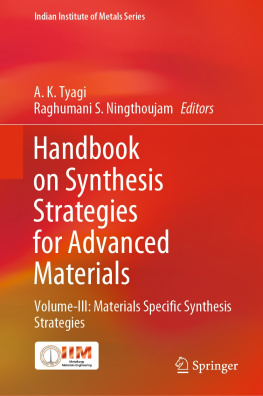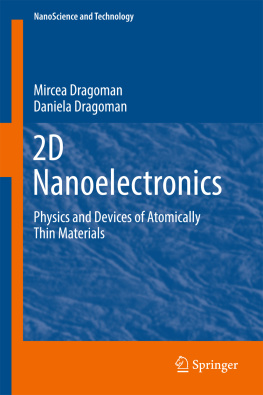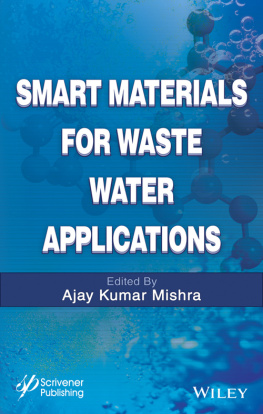Poh Choon Ooi - Enhanced Carbon-Based Materials and Their Applications
Here you can read online Poh Choon Ooi - Enhanced Carbon-Based Materials and Their Applications full text of the book (entire story) in english for free. Download pdf and epub, get meaning, cover and reviews about this ebook. City: Weinheim, year: 2022, publisher: Wiley-VCH, genre: Science. Description of the work, (preface) as well as reviews are available. Best literature library LitArk.com created for fans of good reading and offers a wide selection of genres:
Romance novel
Science fiction
Adventure
Detective
Science
History
Home and family
Prose
Art
Politics
Computer
Non-fiction
Religion
Business
Children
Humor
Choose a favorite category and find really read worthwhile books. Enjoy immersion in the world of imagination, feel the emotions of the characters or learn something new for yourself, make an fascinating discovery.

- Book:Enhanced Carbon-Based Materials and Their Applications
- Author:
- Publisher:Wiley-VCH
- Genre:
- Year:2022
- City:Weinheim
- Rating:5 / 5
- Favourites:Add to favourites
- Your mark:
Enhanced Carbon-Based Materials and Their Applications: summary, description and annotation
We offer to read an annotation, description, summary or preface (depends on what the author of the book "Enhanced Carbon-Based Materials and Their Applications" wrote himself). If you haven't found the necessary information about the book — write in the comments, we will try to find it.
An authoritative and robust overview of the synthesis, characterization, and application of carbon-based materials
In Enhanced Carbon-Based Materials and Their Applications, a team of distinguished researchers delivers a timely and carefully referenced overview of carbon-based materials and their applications. Following a summary of carbon-based materials and their synthesis methods, the authors move on to highlight advanced topics regarding enhanced carbon-based materials and their applications.
Discussions of the discovery of memristor-based memory, substrate options, and the effect of electrodes materials are accompanied by a review of the developments in carbonous materials, an explanation of the working principle of thermoelectric energy harvesting, and the applications of carbon-enhanced piezoelectric materials, sensors, optoelectronic devices, actuators, and display applications as well.
The book concludes with a presentation of anticipated future prospects and challenges in this area, including those obstacles that must be addressed before the large-scale production of carbon-based products can begin. Readers will also find:
- A thorough introduction to carbon-based nanomaterials, including their synthesis and characterization
- Comprehensive explorations of functional carbon-based nanomaterials and sensor applications, as well as fabrication techniques of resistive switching carbon-based memories
- Practical discussions of carbonous-based optoelectronic devices, thermoelectric energy harvesters, and their applications
- Fulsome treatments of carbon-enhanced piezoelectric materials and their applications
Perfect for a multi-disciplinary audience in the broader scientific and industrial communities, Enhanced Carbon-Based Materials and Their Applications will also earn a place in the libraries of researchers and industry professionals with an interest in the synthesis and characterization of carbon nanomaterials.
Poh Choon Ooi: author's other books
Who wrote Enhanced Carbon-Based Materials and Their Applications? Find out the surname, the name of the author of the book and a list of all author's works by series.






